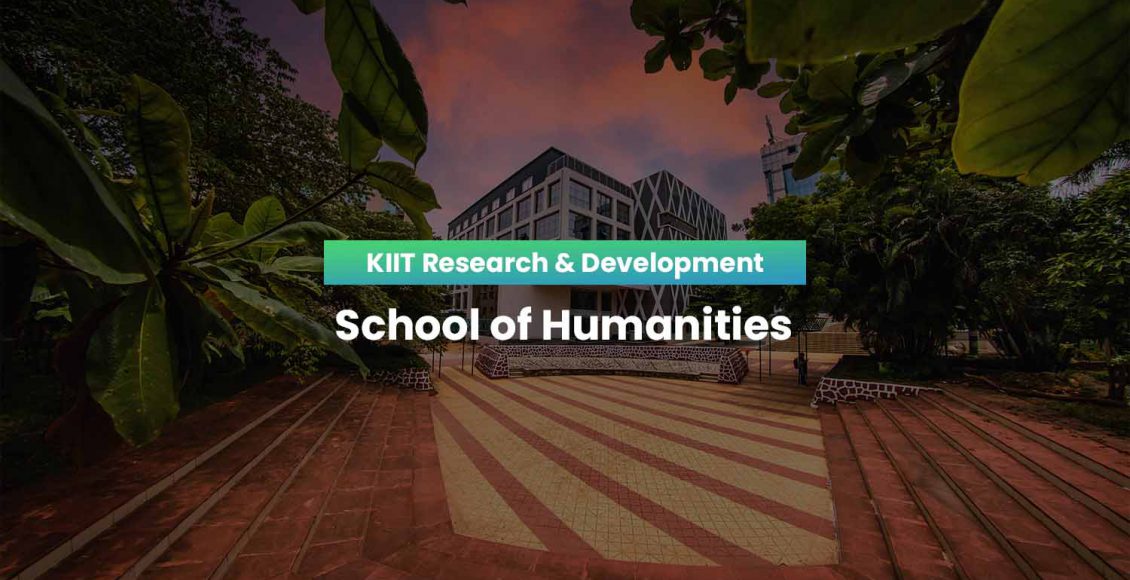School of Humanities (Jan – Mar 2023)
Journal Article
Das, Bholanath., & Hossain, Sahel Md Delabul (2023). “Ecofeminist Concerns and Subaltern Perspectives on ‘Third World’ Indigenous Women: A Study of Selected Works of Mahasweta Devi.” Journal of International Women’ s Studies, 25(2), 1-12. https://vc.bridgew.edu/jiws/vol25/iss2/2
Abstract
The lives of Aboriginals, as an indigenous form of a subaltern identity, have been less documented in narratives so far. Indigenous subaltern identity forms an alter-identity in which indigenous women’s identity is even more silenced in the social order of gender hierarchy. Maria Mies and Vandana Shiva in their book Ecofeminism locate the “Third World Woman” (in India) as a stakeholder of indigenous identity. The knowledge of Third World women in nurturing biodiversity drastically differs from both the Androcentric and Eurocentric models of bio-conservation. Indigenous women and the indigenous flora are both objects of genocidal violence, identity dissolution, and cultural extinction as their contribution to conservation is not recognized. As Gayatri Spivak in her seminal book Can the Subaltern Speak? voices, “The subaltern has no history and cannot speak, the subaltern as female is even more deeply in the shadow.” Mahasweta Devi, renowned Indian author and social activist, portrays the marginalized Indigenous and their struggle for survival. The Indigenous are dispossessed and the indigenous women are even more displaced. Indigenous women characters of Devi’s selected works such as The Book of the Hunter and The Witch, belonging to the Shabar, Santal, Oraon, and Munda tribal communities, live in tune with ethnocentric ecological order. They are the forest dwellers who think of the forest as a unique bio-habitat in harmony with women, thereby preserving Mother Nature.
Conference Paper
Raj, Arjita Raj., Hossain, Sahel Md Delabul., & Raj Arpita. “Legal Pluralism: A Case Study on Autonomous Socio-Political and Judicial System in Santal Society.” Electrocemical Society (Mischellenous): Proceedings. Volumen 107, Part 1, 2022, 10551-10562. DOI 10.1149/10701.10551ecst
Abstract: The aim of this study is to determine how legal pluralism exists in Santal society and how their self-governing socio-political and judicial system, eminently known as Manjhi-Pargana or Marehor, exercises power over the society exclusively with the coexistence of the national legal system. Legal pluralism is the coexistence of two or multiple legal systems within a specific area. The Santal, one of the largest indigenous tribes of Eastern India, often mentions themselves as HorHopan meaning children of mankind. The Montage-Chelmsford report of 1918 remarked them as backward areas. Around 1935, Santals are recognized as backward tribes in India and are scheduled as tribes. In post-independent era under the Fifth and Sixth schedule of the Constitution, they have been described as people of ‘scheduled areas.’ The Indian Constitution has tried to build up the bridge between the Indian administrative system and the Santal society and has allowed them to enjoy the legal pluralism system.


